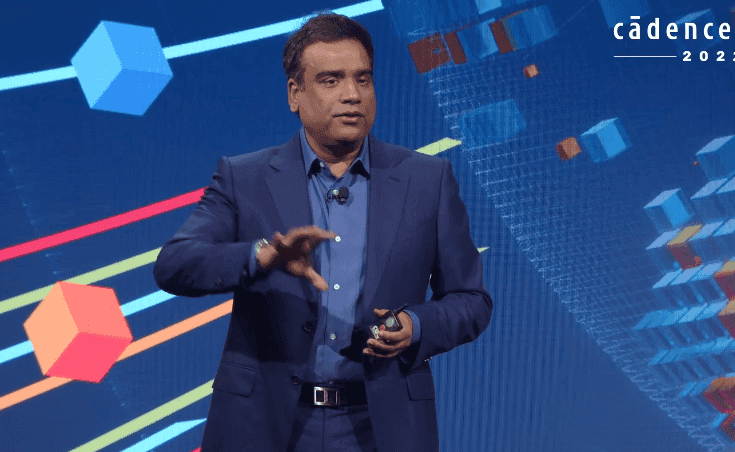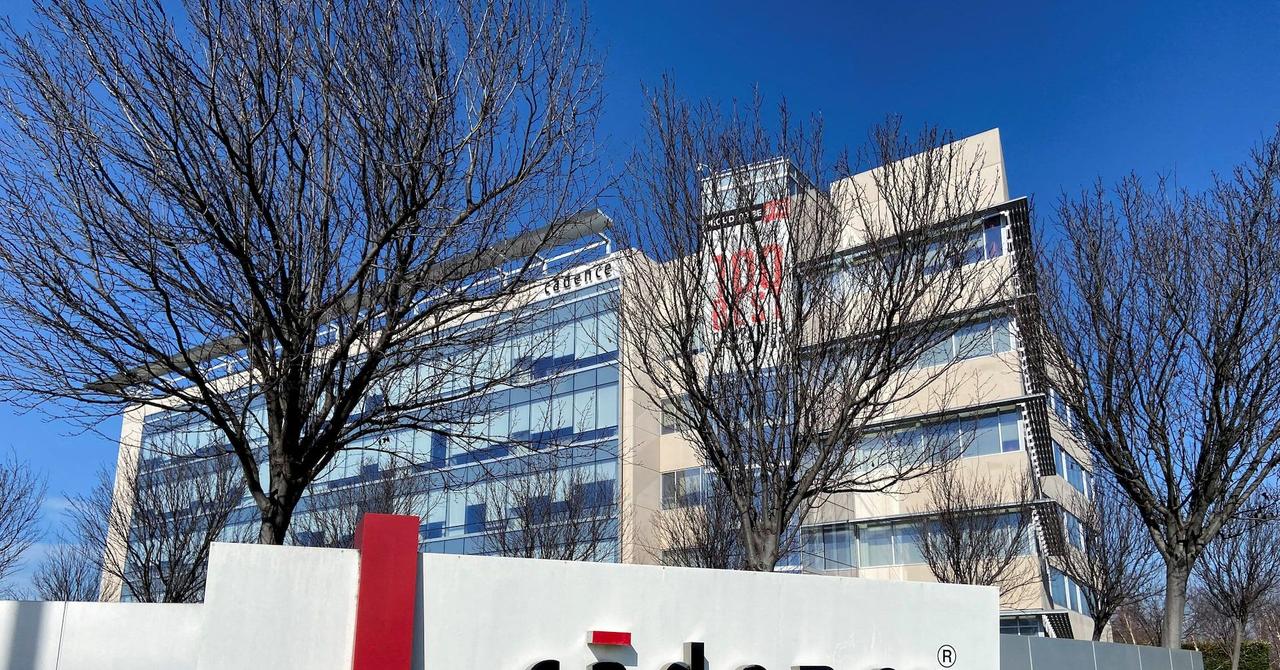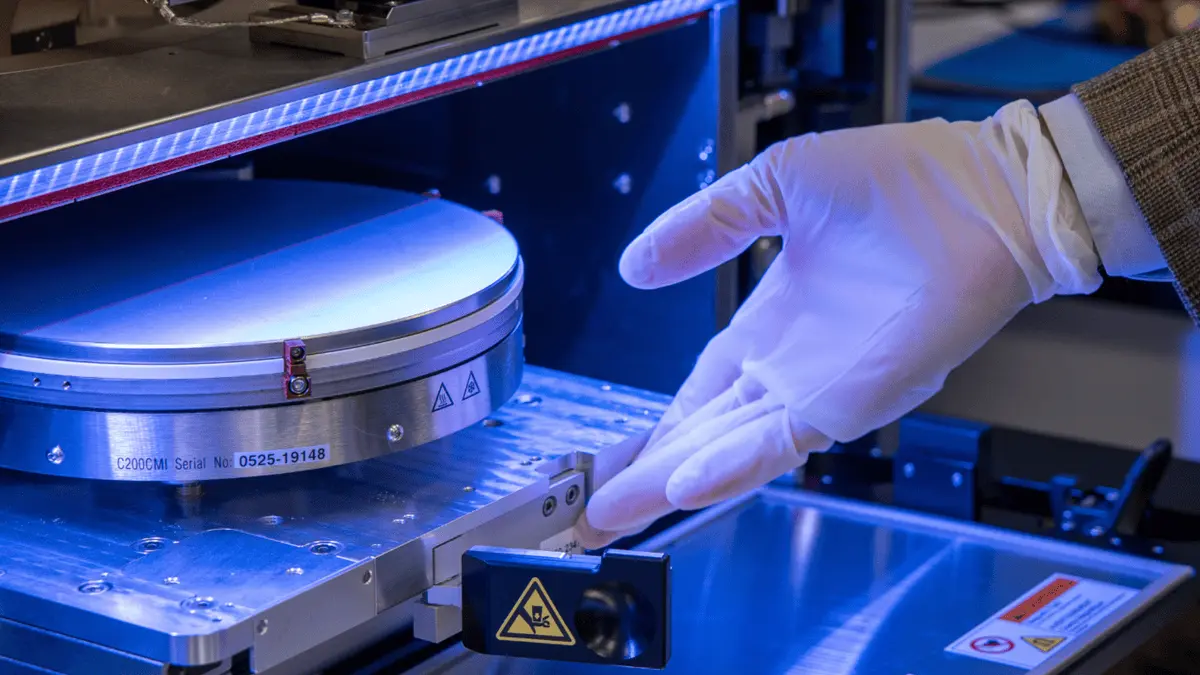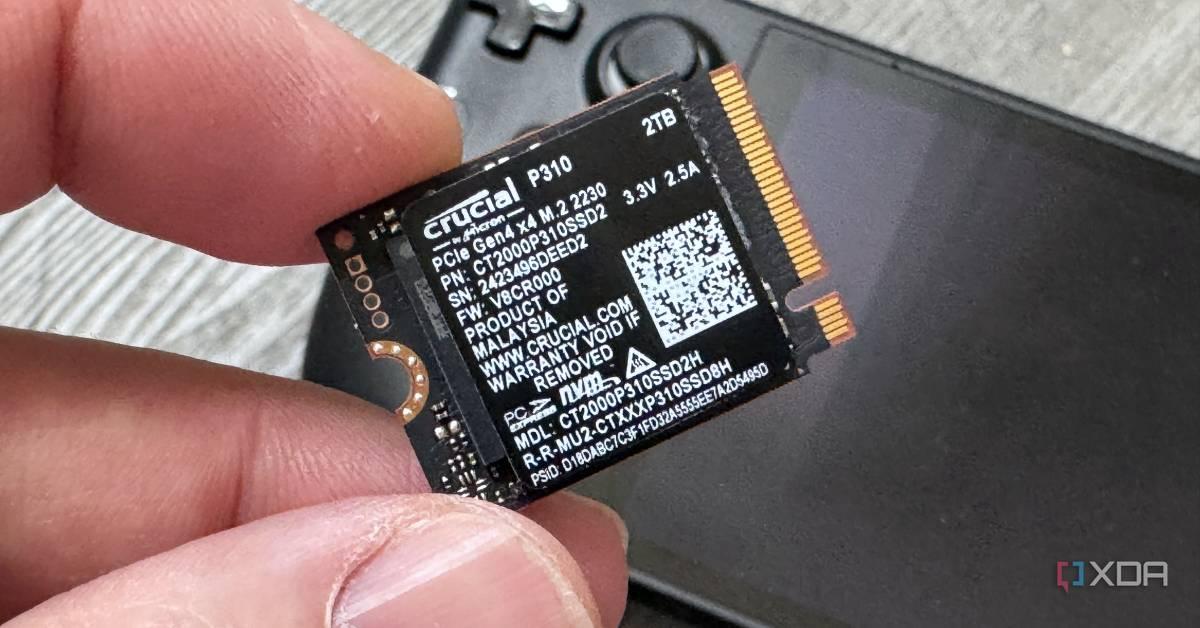Cadence Design Systems Raises Forecasts Amid Export Curb Lift and Settles Export Violation Case
2 Sources
2 Sources
[1]
Cadence raises annual forecasts after US lifts China export curbs on chip design software
July 28 (Reuters) - Cadence Design Systems (CDNS.O), opens new tab raised its annual sales and profit forecast on Monday, after the U.S. lifted export curbs on chip design software to China earlier this month, allowing the company to resume sales to the key market Shares of the company rose 7% in extended trading. Removal of the restrictions, which were announced late in May, allowed Cadence to regain access to the Chinese market, which has become essential for electronic design automation providers. China's semiconductor industry has proliferated, benefiting from subsidies for local production against the backdrop of U.S. curbs. The company expects annual revenue between $5.21 billion and $5.27 billion, up from its earlier forecast of sales between $5.15 billion and $5.23 billion and above estimates of $5.20 billion. "Strength across all businesses" in the second quarter helped offset "the impact of the temporary restrictions on exports to China," Chief Financial Officer John Wall said in a statement. Cadence reported revenue of $1.28 billion for the June quarter, beating analysts' average estimate of $1.25 billion, according to LSEG data. Successive U.S. administrations have tried to curtail China's access to cutting-edge U.S. technology, looking to stifle Beijing's development of artificial intelligence and military tech. Second-quarter sales to China represented about 9% of total revenue, down from the second quarter of last year, when Beijing accounted for 12% of total sales. The Department of Justice also said on Monday that Cadence has agreed to plead guilty to resolve charges that the company unlawfully exported semiconductor design tools to a Chinese military university. Cadence will pay about $140 million in settlements. At the same time, Cadence said it was expecting to benefit from about $140 million in reduced cash tax payments due to the immediate expensing of U.S. R&D expenditures under a tax regime signed into law by U.S. President Donald Trump earlier this month. Cadence raised its 2025 adjusted per-share profit forecast to between $6.85 and $6.95, up from its earlier expectations of between $6.73 and $6.83. Reporting by Arsheeya Bajwa in Bengaluru; Editing by Anil D'Silva Our Standards: The Thomson Reuters Trust Principles., opens new tab
[2]
Cadence settles with U.S. government over export violation, agreeing $140.6M penalty - SiliconANGLE
Cadence settles with U.S. government over export violation, agreeing $140.6M penalty Electronic design automation software firm Cadence Design Systems Inc. said it has agreed to pay a fine of $140.6 million as part of a settlement involving claims it illegally sold its software to Chinese customers from 2015 to 2021, in breach of U.S. export rules. In a filing with the U.S. Securities and Exchange Commission today, the company admitted that it broke the rules regarding the export of chipmaking software to China. Successive U.S. administrations have imposed stiff restrictions on the chipmaking industry, and what it can and cannot export to China without a special license, as part of an effort to stifle the country's artificial intelligence and military technology industries. The violations were said to involve a subsidiary of Cadence, which shipped $45.3 million worth of banned products to a customer in China that later transferred them to a third-party in the country, without U.S. government approval. Cadence sells sophisticated EDA software that's essential for chip development. It's used by engineers to design integrated circuits, circuit boards and other electronic systems. As part of the settlement with the U.S. government, Cadence has agreed to implement additional export law compliance initiatives and submit to annual audits, to prevent similar breaches in future. News of the settlement came as Cadence posted its second-quarter financial results, beating analysts expectations on strong revenue growth, driven by rising demand for AI chips. The company reported earnings before certain costs such as stock compensation of $1.65 per share, beating the analysts' consensus estimate of $1.56 per share comfortably. Revenue for the period came to $1.28 billion, up 20% from a year ago and above the $1.25 billion analyst target. However, the settlement did impact Cadence's bottom line. Taking that into account, it delivered net income of $160 million in the quarter, down from $230 million a year ago. If not for that penalty, its profit would have grown. Cadence President and Chief Executive Anirudh Devgan (pictured) declined to talk about the settlement, but praised the company for delivering an "exceptional" quarter, saying it highlights the "strategic relevance of our AI-driven portfolio and the depth of our customer relationships." Among the highlights in the quarter were Cadence's system design and analysis business unit, where revenue grew 35% from a year earlier, and the intellectual property business, where sales rose more than 25%. The company cited "AI-driven optimization" and its "broadening silicon solutions portfolio" as the main drivers of growth in those units. During the quarter, Cadence suffered a setback of sorts when the Trump administration imposed new licensing requirements on the export of EDA software to China, preventing it from selling even more of its products to Chinese firms. A report from Mizhuo Financial Group Inc. said the company likely incurred a charge of $56 million as a result of that restriction, but fortunately it didn't last for long. Earlier this month, the White House removed the new restriction, as part of a broader trade deal with China that secured America's access to vital rare earth materials, ensuring only a brief interruption for Cadence. The chiomaking giant Nvidia Corp. has also been allowed to resume sales of its H20 graphics processing units to China under the same deal. Looking forward, Cadence didn't provide guidance for the current quarter, but increased its full-year earnings forecast. It says it's now expecting fiscal 2025 earnings of between $6.85 to $6.95 per share, up from an earlier range of $6.73 to $6.83 per share. The forecast is strong, as Wall Street analysts are targeting earnings of just $6.76 per share. The company also reiterated its full-year revenue forecast of between $5.21 billion and $5.27 billion, which compares well with the Street's forecast of just $5.2 billion.
Share
Share
Copy Link
Cadence Design Systems increases annual forecasts following the U.S. lifting export restrictions to China, while simultaneously settling a $140.6 million export violation case with the U.S. government.
Cadence Raises Forecasts as Export Curbs Lift
Cadence Design Systems, a leading electronic design automation (EDA) software provider, has raised its annual sales and profit forecast following the U.S. government's decision to lift export curbs on chip design software to China earlier this month
1
. This move allows Cadence to resume sales in the key Chinese market, which has become essential for EDA providers due to China's proliferating semiconductor industry1
.
Source: SiliconANGLE
The company now expects annual revenue between $5.21 billion and $5.27 billion, up from its earlier forecast and above analyst estimates of $5.20 billion
1
. Cadence's shares rose 7% in extended trading on the news1
.Strong Q2 Performance
Cadence reported impressive second-quarter results, with revenue reaching $1.28 billion, beating analysts' average estimate of $1.25 billion
1
. The company's system design and analysis business unit saw a 35% year-over-year growth, while its intellectual property business experienced a 25% increase in sales2
.CEO Anirudh Devgan attributed the "exceptional" quarter to the "strategic relevance of our AI-driven portfolio and the depth of our customer relationships"
2
. However, the company's net income for the quarter decreased to $160 million from $230 million a year ago, primarily due to a settlement with the U.S. government2
.Export Violation Settlement
Concurrent with its financial results, Cadence announced a settlement with the U.S. government over export violations. The company has agreed to pay a $140.6 million penalty for illegally selling its software to Chinese customers from 2015 to 2021, in breach of U.S. export rules
2
.The violations involved a Cadence subsidiary shipping $45.3 million worth of banned products to a Chinese customer, which were then transferred to a third party without U.S. government approval
2
. As part of the settlement, Cadence will implement additional export law compliance initiatives and submit to annual audits2
.Related Stories
Impact of U.S.-China Relations
The case highlights the ongoing tensions between the U.S. and China in the technology sector. Successive U.S. administrations have imposed restrictions on chipmaking exports to China, aiming to curtail Beijing's development of artificial intelligence and military technology
1
2
.Earlier this year, the Trump administration briefly imposed new licensing requirements on EDA software exports to China, causing a temporary setback for Cadence
2
. However, these restrictions were lifted in early July as part of a broader trade deal that secured America's access to vital rare earth materials2
.Future Outlook
Despite the settlement's impact on its bottom line, Cadence has increased its full-year earnings forecast to between $6.85 and $6.95 per share, up from the previous range of $6.73 to $6.83 per share
2
. This forecast exceeds Wall Street analysts' expectations of $6.76 per share2
.The company's optimistic outlook is supported by the growing demand for AI chips and its strong position in the EDA market. With the resumption of sales to China and the settlement of export violation charges, Cadence appears well-positioned to capitalize on the expanding semiconductor industry and the increasing need for advanced chip design tools.
References
Summarized by
Navi
[1]
Related Stories
Cadence Design Systems Raises Annual Forecasts Amid Strong AI Chip Design Demand
29 Apr 2025•Business and Economy

Cadence Design Systems Surges on Strong Q3 Results and AI-Driven Growth
29 Oct 2024•Business and Economy

Cadence Design Systems Reports Strong Q4 2024 Results, but 2025 Forecast Falls Short of Expectations
19 Feb 2025•Business and Economy

Recent Highlights
1
OpenAI releases GPT-5.2 AI model after code red memo targets Google's Gemini 3 threat
Technology

2
Disney invests $1 billion in OpenAI, licenses 200+ characters for Sora AI video generator
Technology

3
OpenAI faces wrongful death lawsuit after ChatGPT allegedly fueled murder-suicide tragedy
Policy and Regulation





